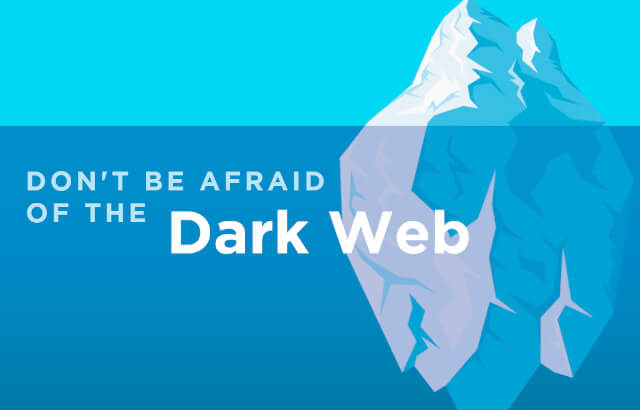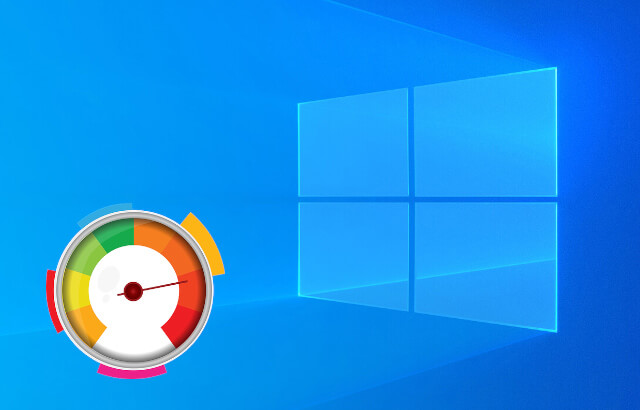How To Build a PHP Contact Form
The definitive guide to PHP
Hi friends,
Welcome to the definitive guide to php course.
PHP is a fantastic language, and, in this course, I want to show you how to get started by creating a working, production ready contact form.
I will take a very practical approach by building out the contact form from scratch, but at the same time implement some complex concepts like variables, loops and storing the data in a MySQL database and then using that information to create an email which will then send off the information through a mail server to my inbox.
This course is ideal if you wanted to get into programming but got stuck along the way. Either because every time you work through a tutorial you fail to see how it fits together in the bigger scheme, or because you just never got to understand how you would apply variables and loops in the real world.
That is the aim, I want to show you how this all translates back to the real world and hopefully spark that aha moment in your journey.
All the video courses are accompanied by in-depth articles on this website where the full source code is available with additional commentary.
Without further ado, lets get coding!
PHP Course Overview
We will be building a working PHP contact form using phpmailer, mysql, boostrap and the PDO driver.
Click here to watch the tutorial trailer.
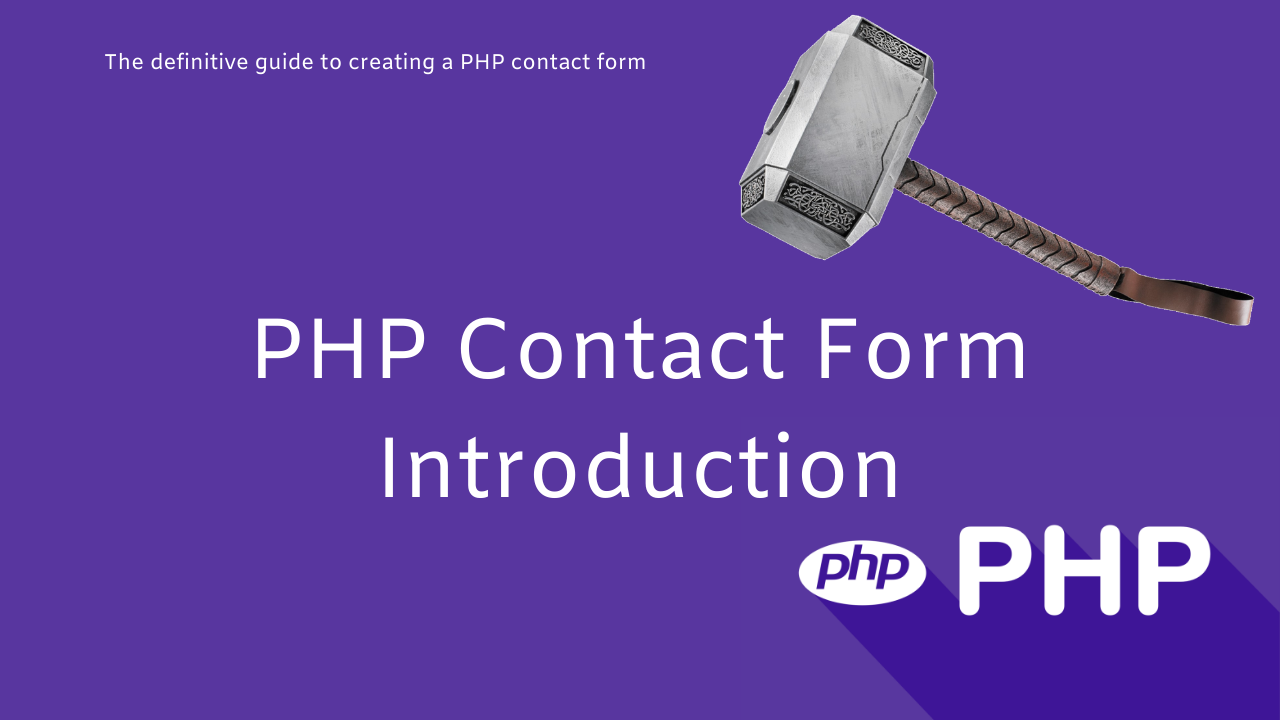
Building a PHP contact form - Part 1
In this tutorial I will show you how to build a production ready and secure PHP contact form with the ability to send an email to you when it is filled in.
Click here for the part 1 article and PHP source code.
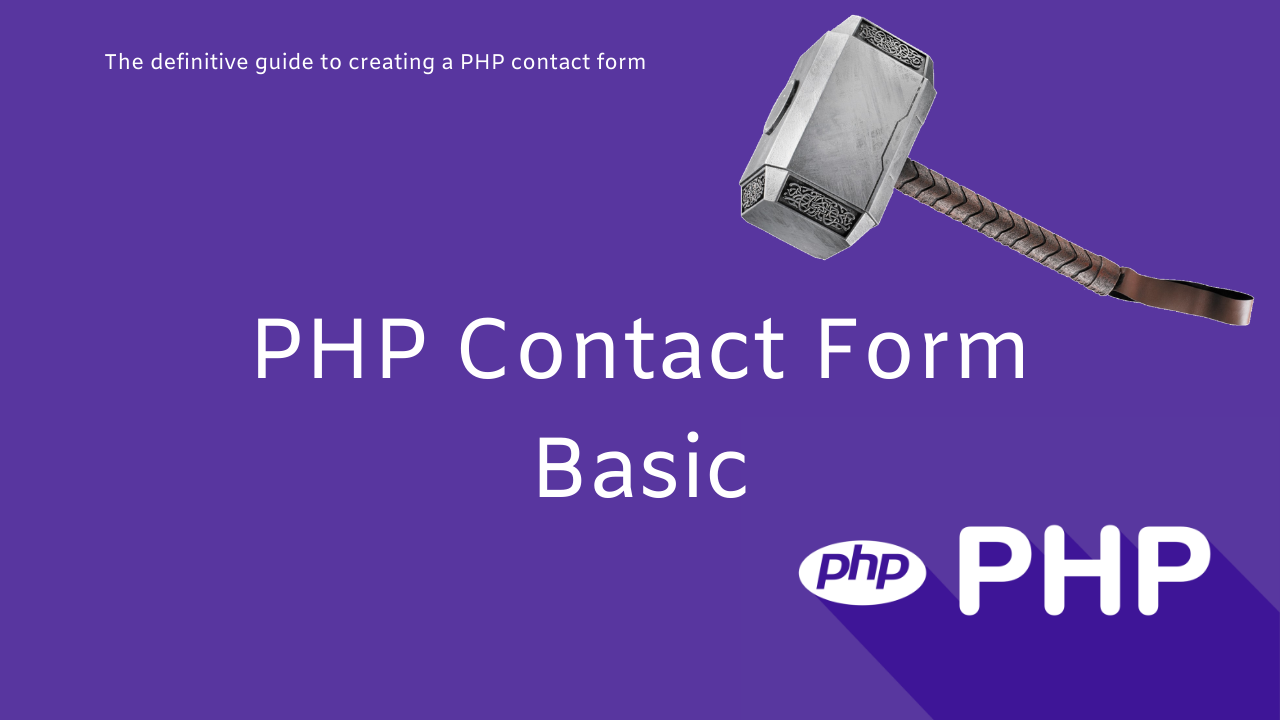
Building a PHP contact form - Part 2
In part 2 we will be adding the phpMailer library to our contact form to use an external email server to handle the emails.
Click here for the part 2 article and PHP source code.
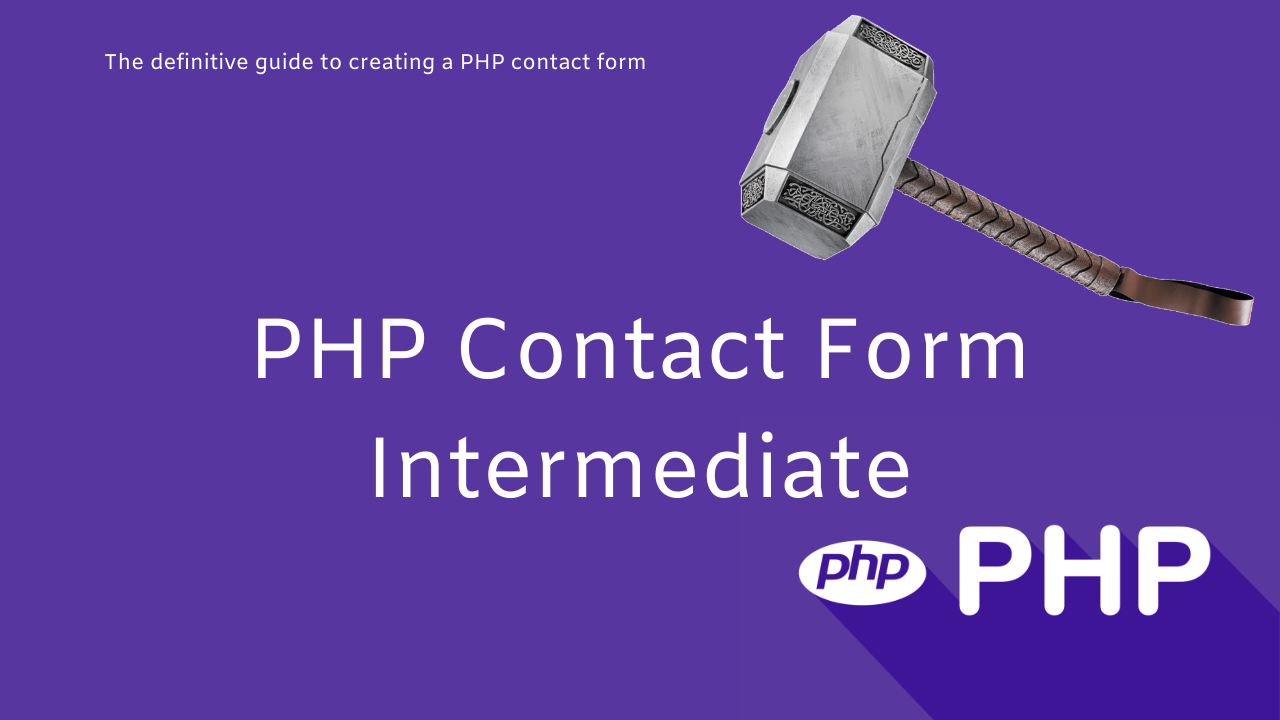
Building a PHP contact form - Part 3
Part 3 of the building a PHP contact form from scratch series is where we will introduce PDO and MySQL to our contact form to store the requests for later use.
Click here for the part 3 article and PHP source code.


